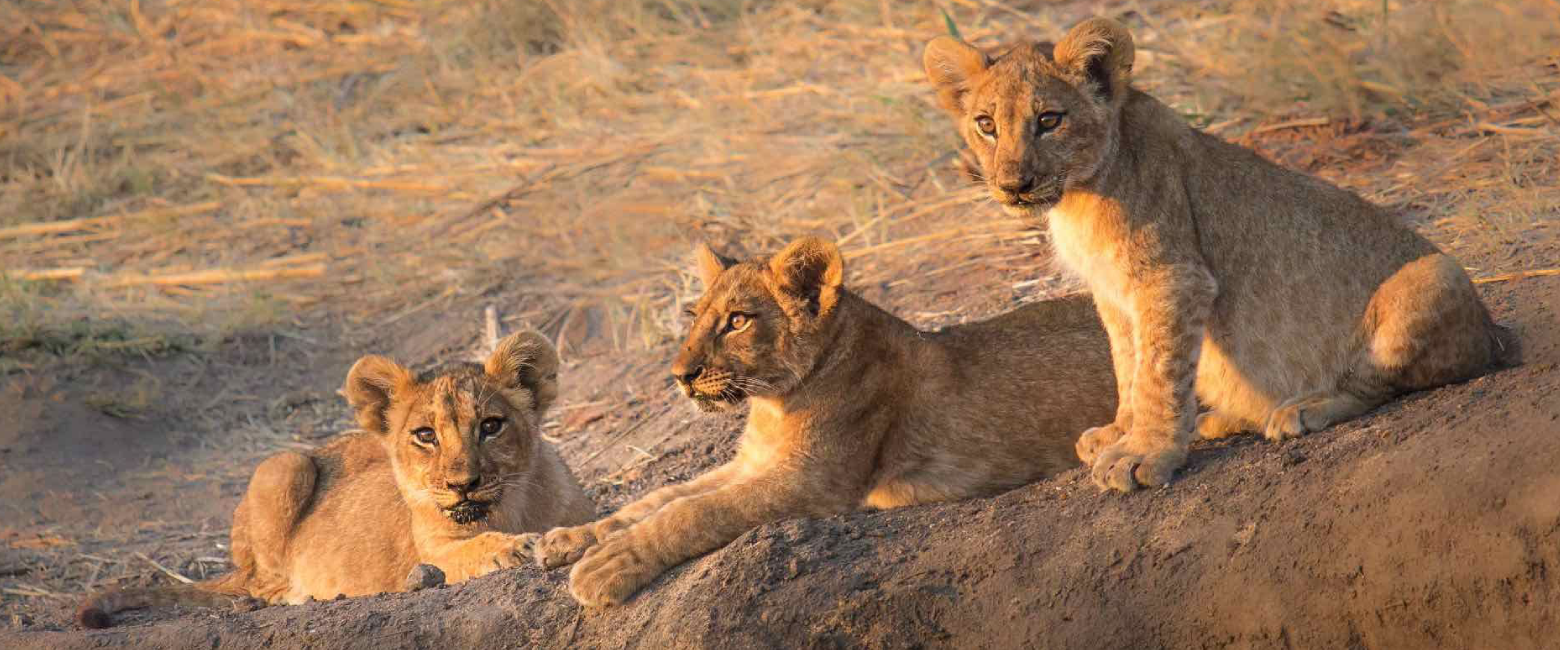
Ruaha National Park, located in southern Tanzania, is a vast and untamed wilderness renowned for its dramatic landscapes and thrilling game viewing opportunities.
Named after the Great Ruaha River, which sustains much of its wildlife, the park spans over 20,000 square kilometres, making it Tanzania’s second-largest national park.
The terrain includes golden savannah, rocky hills, and ancient baobab forests, perfect for both predators and herbivores.
Ruaha is a meeting point for East and Southern African species, offering an exceptional mix of lions, elephants, kudus, and wild dogs.
Its remote location ensures low visitor numbers, creating an exclusive experience for safari lovers seeking quiet beauty, rare species, and unforgettable encounters.
In Tanzania’s wild heart, these highlights celebrate Ruaha’s predator-rich plains, rugged hills, and authentic, remote wilderness experiences.
From classic drives to silent walks and river boating, Ruaha delivers safari experiences for thrill-seekers and thoughtful naturalists.
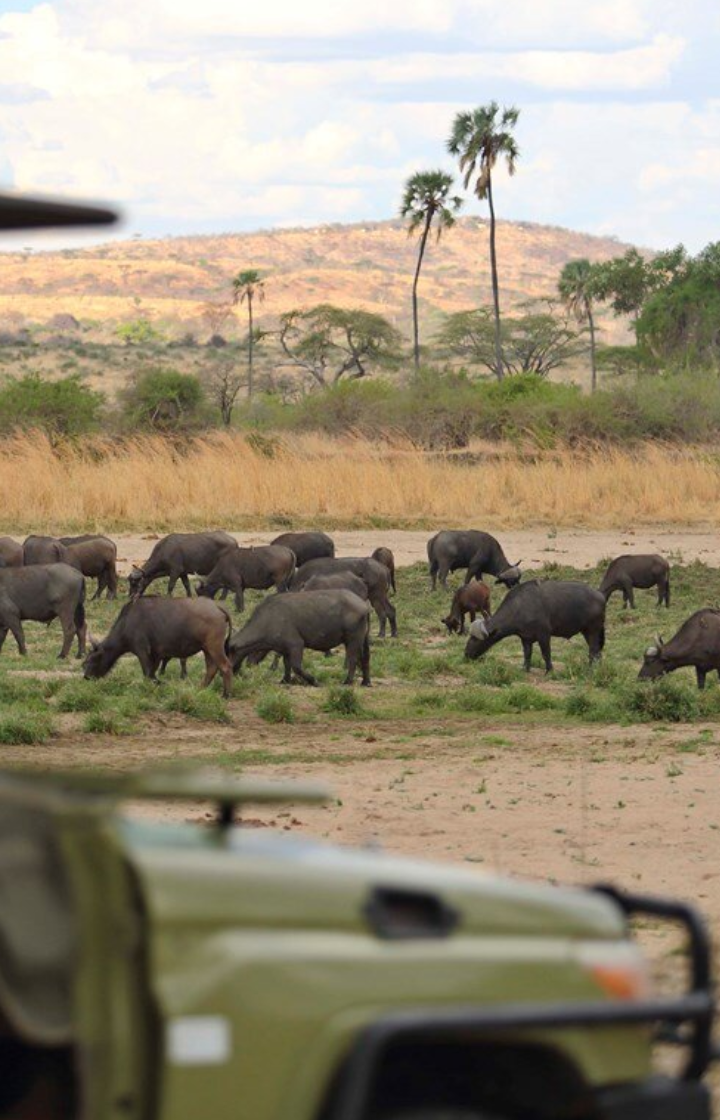
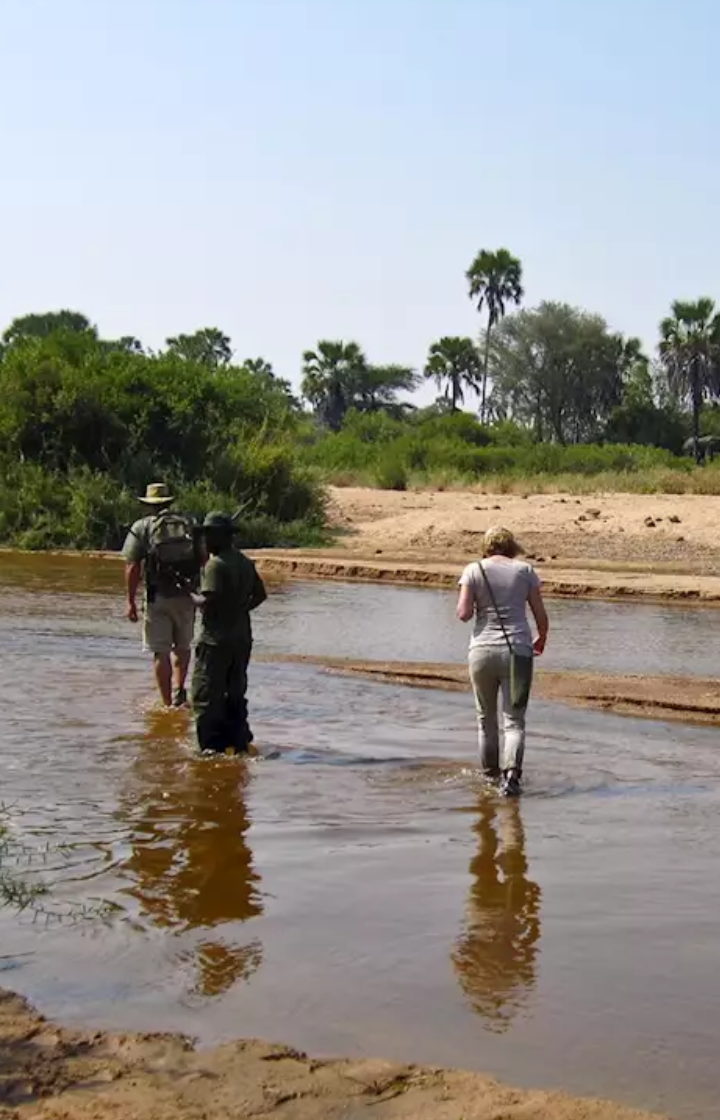
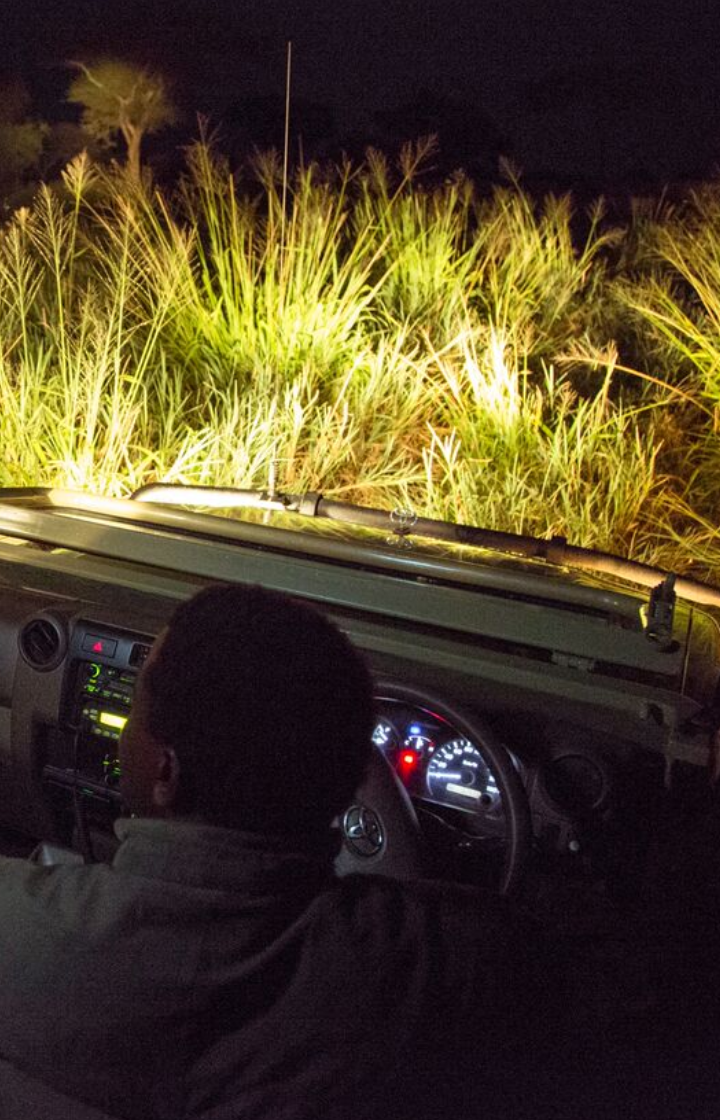
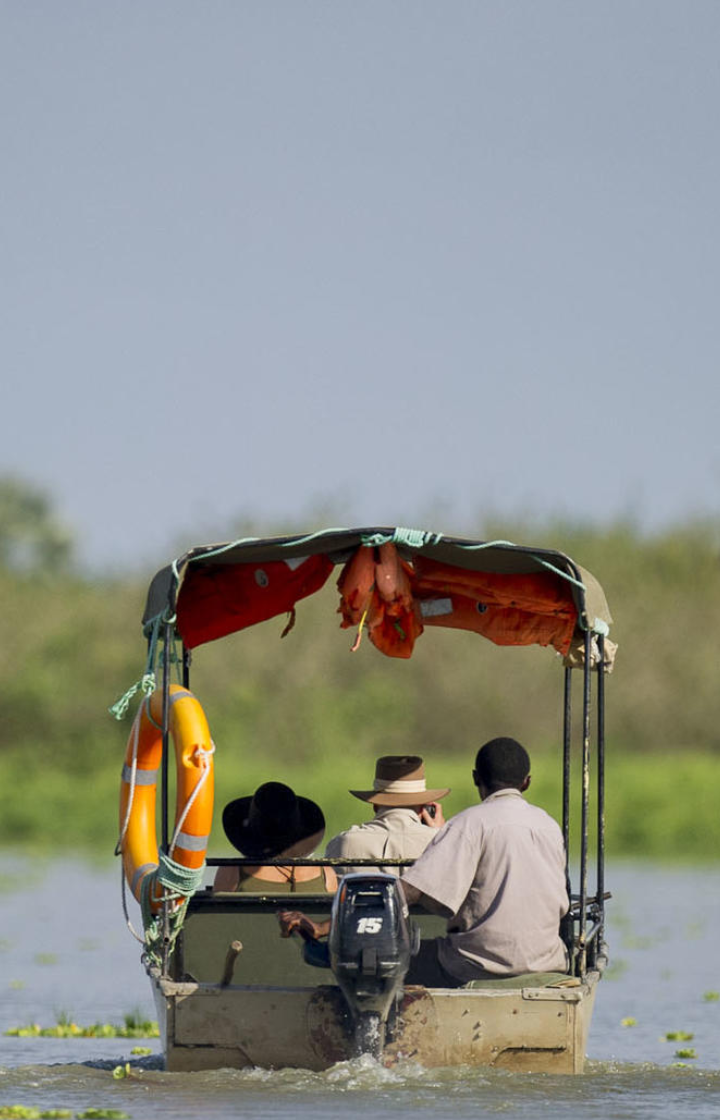
Ruaha is best visited from June to October, when Dry season conditions make wildlife sightings easier along rivers and open savannah.
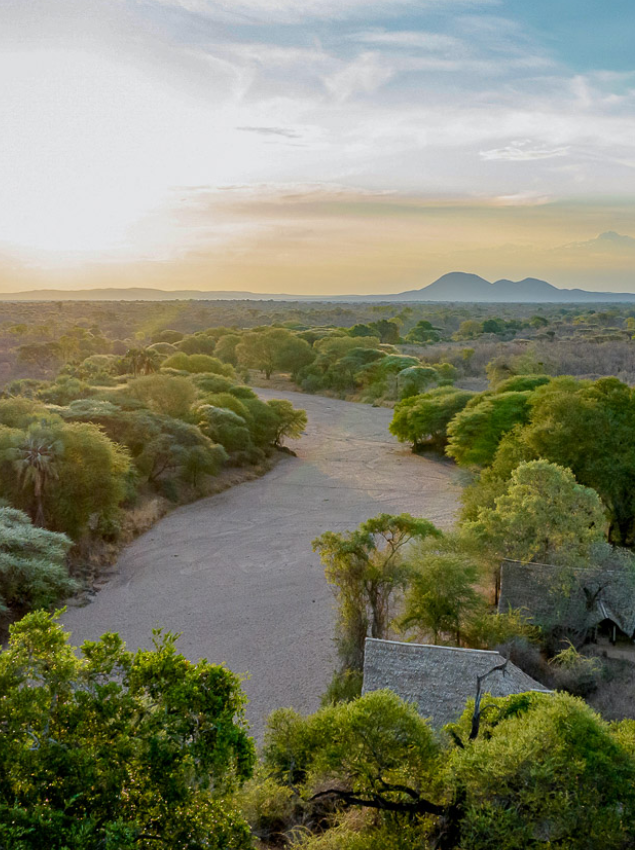
Ruaha experiences a single long dry season followed by an extended wet season, creating two distinctly different safari atmospheres. June to October is the prime window. Vegetation thins, waterholes shrink, and wildlife clusters dramatically along the Great Ruaha River.
Game viewing is unmatched, temperatures are pleasant, and skies remain crystal clear for photography. May and early June still offer reliable sightings with fresh, dust-free air after short transitional rains.
When showers return from November to April, the park transforms. Grasslands turn emerald, baobab blossoms appear, and migrant birds flood the wetlands. Afternoon storms rarely last all day, yet tracks become muddy and wildlife disperses wider, challenging spotters. Photographers, however, treasure the luminous post-rain light and minimal crowding.
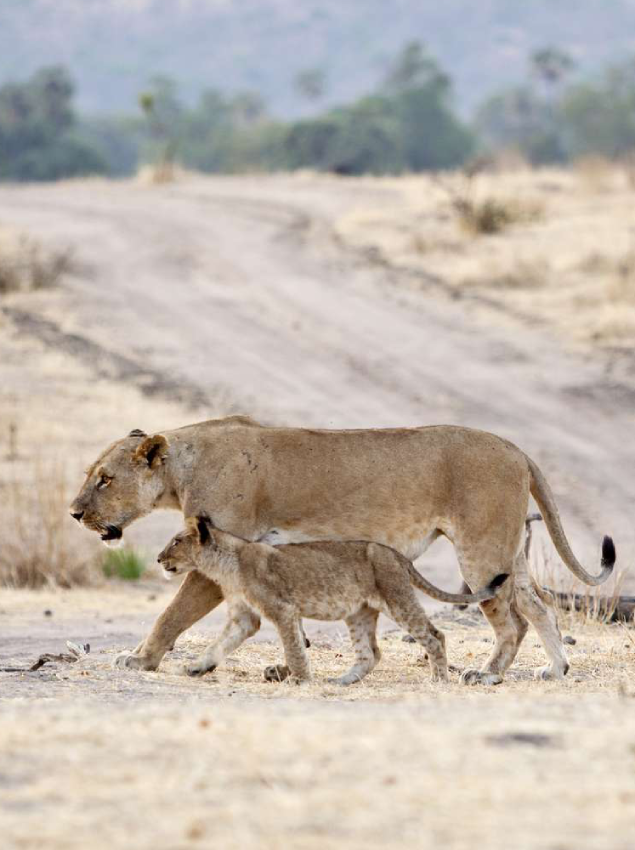
Remote lodges and tented camps offer solar power, open-air lounges, plunge pools, and starlit dinners amid baobab-studded solitude, attentive service.
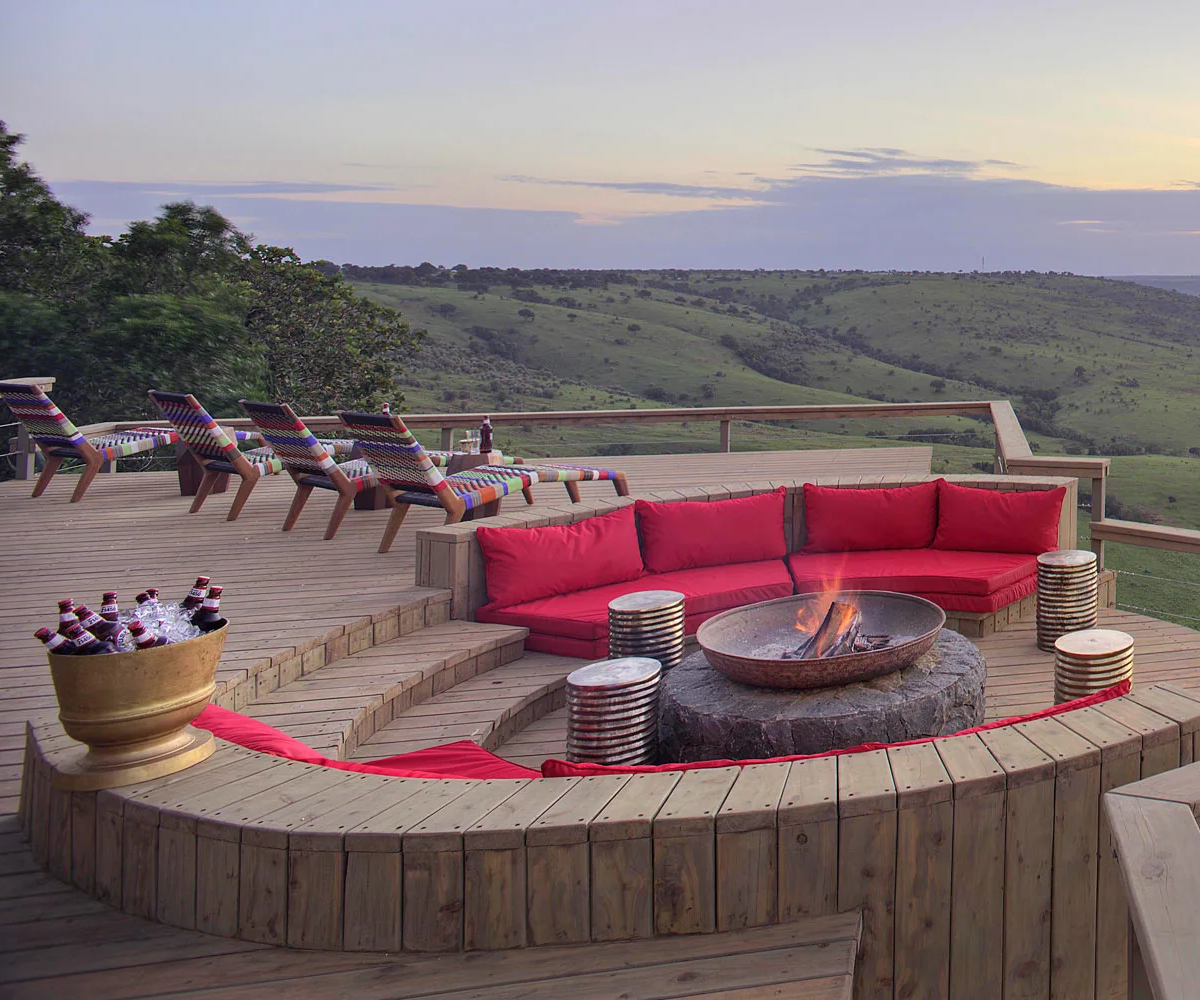
Tanzania
Luxury Lodge
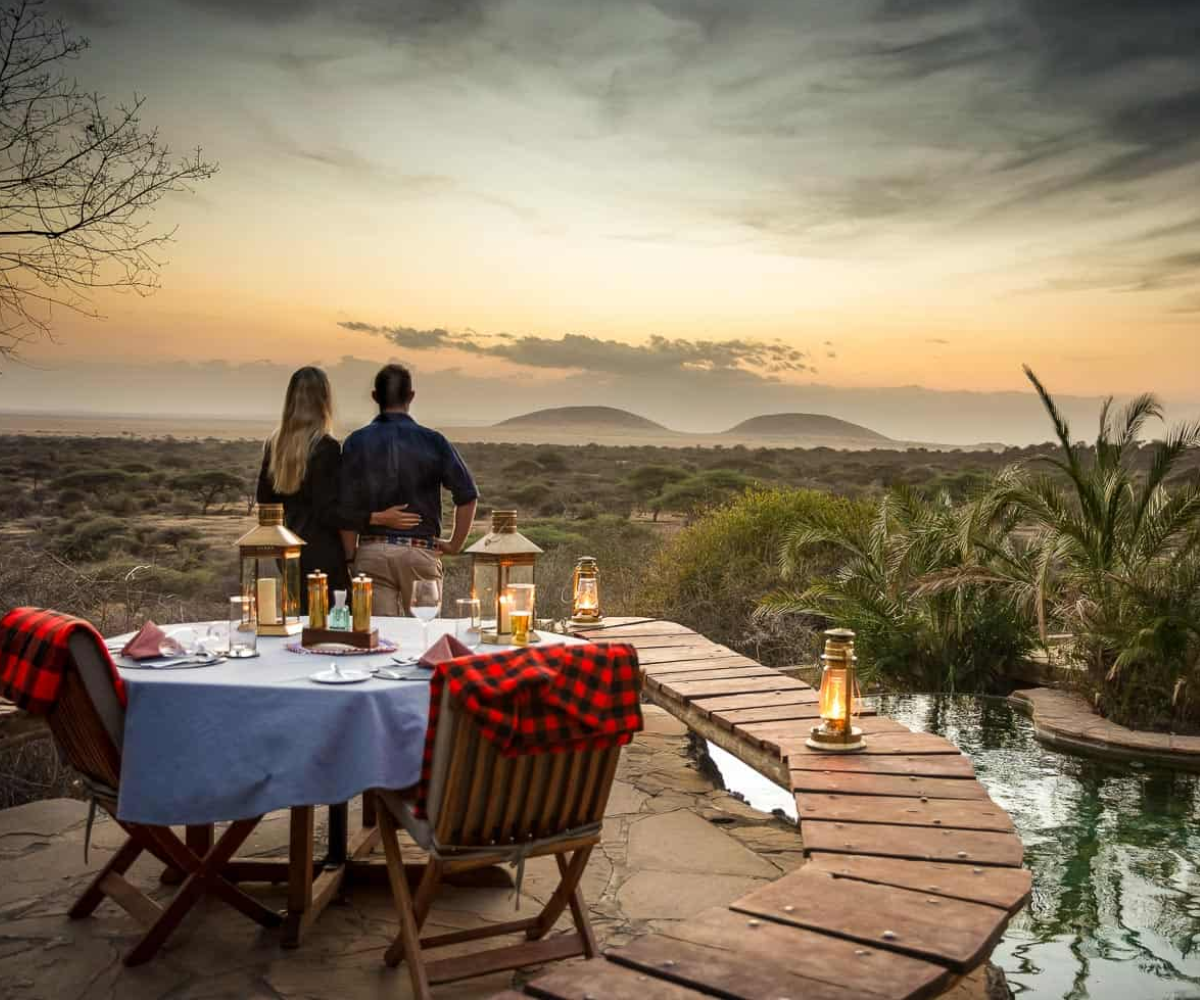
Tanzania
Luxury Lodge
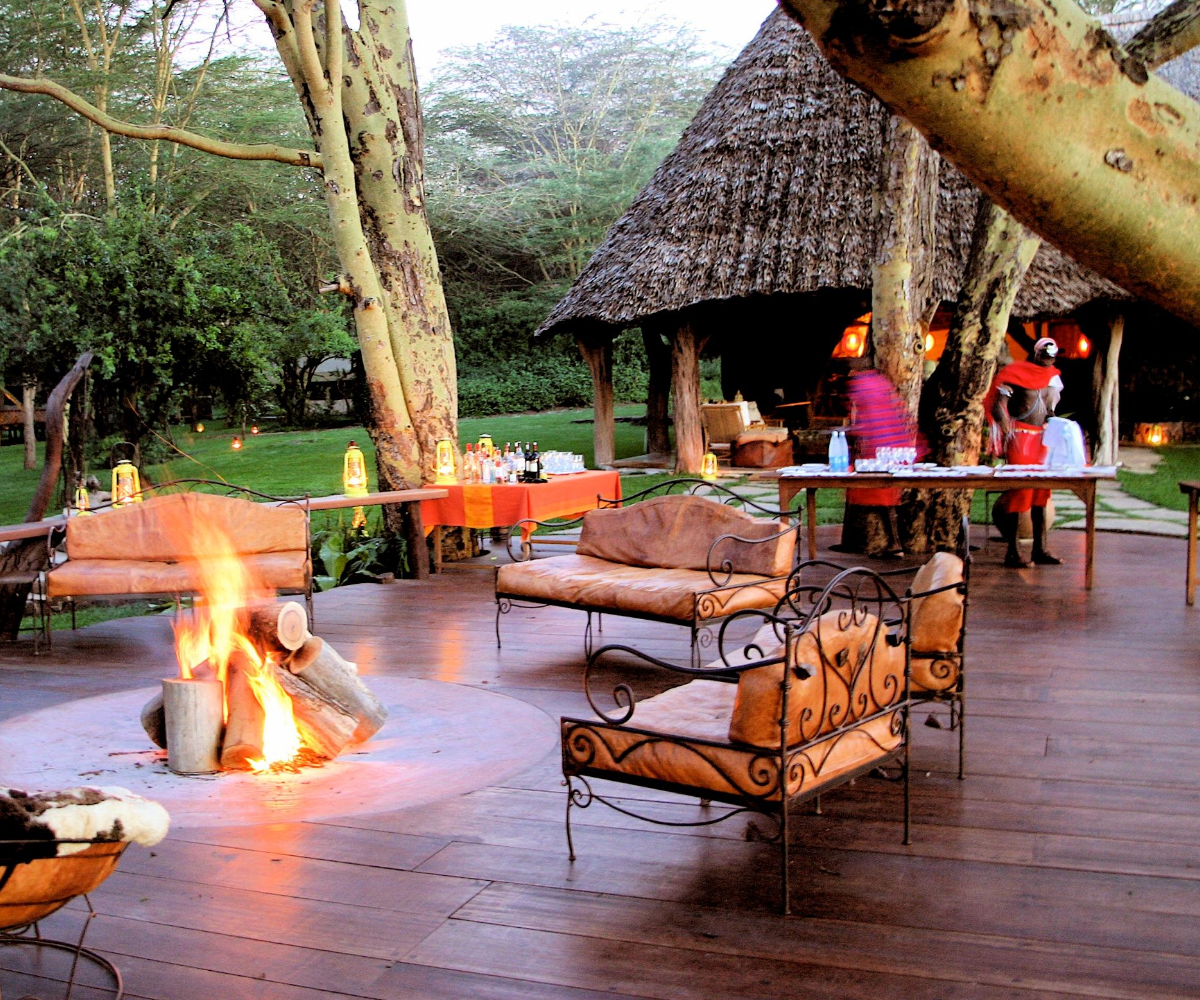
Tanzania
Luxury Lodge

African Wild Dog

Elephant

Greater Kudu

Roan Antelope

Leopard
International visitors typically arrive through Julius Nyerere International Airport in Dar es Salaam. From there, daily scheduled or chartered light aircraft fly to Ruaha’s Msembe or Jongomero airstrips, reaching camp within minutes. Road transfer is possible: a ten-hour, 600-kilometre journey via Mikumi, often split with an overnight safari en route. Self-drivers must prepare for dusty corrugated stretches but enjoy scenic countryside. Your tour operator will arrange all logistics, immigration formalities, and briefings, ensuring smooth customs, baggage handling, and onward lodge connections.
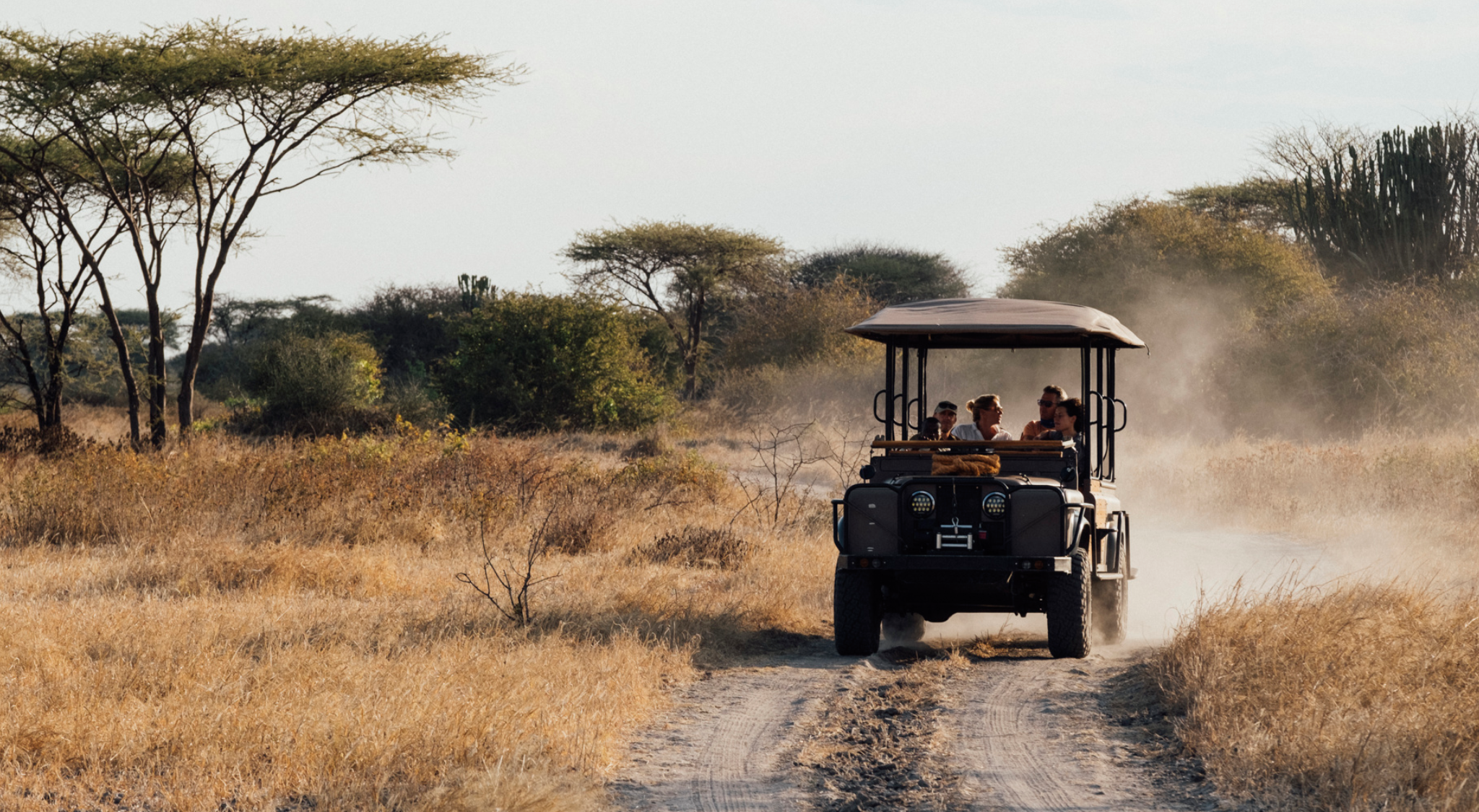
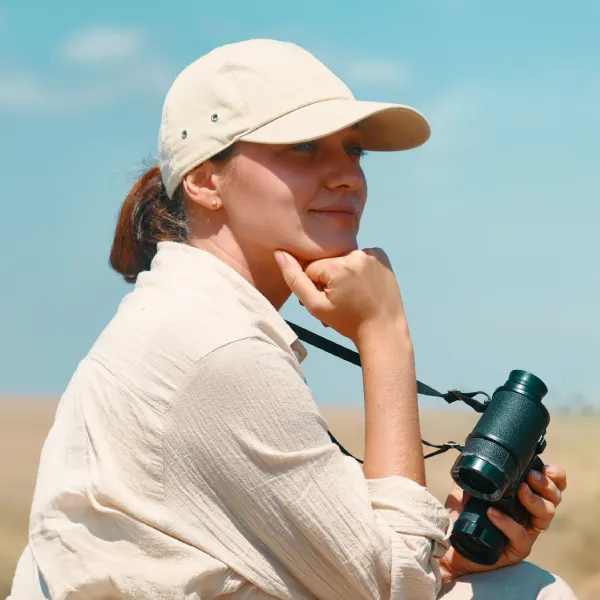
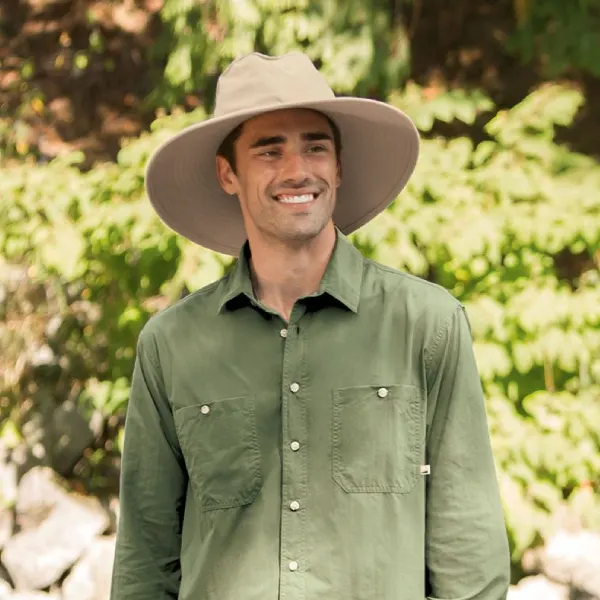
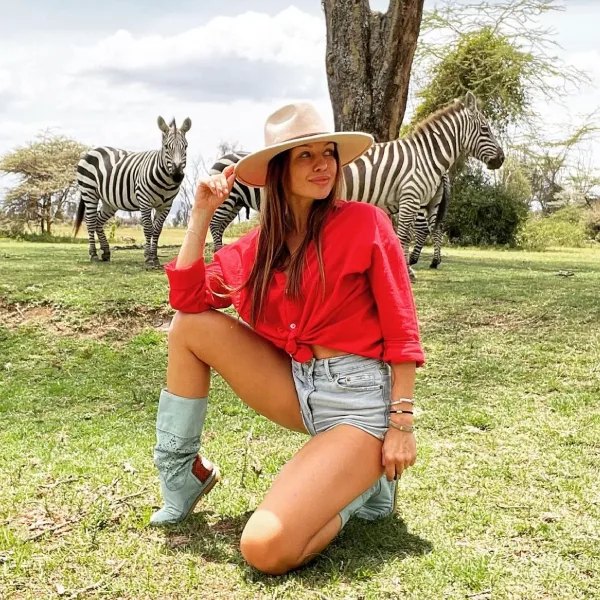

Melodica Africa Tours creates lasting change—supporting local communities, conserving wildlife, and protecting nature. Join us in travelling responsibly and making a meaningful difference with every unforgettable safari experience.
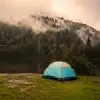
Feb 2025
The guide was absolutely fantastic. Emanuel was present answering questions and not least telling a lot like the animals.

Feb 2025
The guide was absolutely fantastic. Emanuel was present answering questions and not least telling a lot like the animals.
Talk to our friendly safari experts today. We’ll care, guide, and create a journey that’s perfectly tailored to your dreams—authentic, personal, and unforgettable.
Call us today from 9am
+254722626235
Managing Director

Sales & Reservations Manager

Tour Consultant